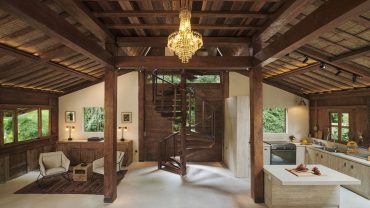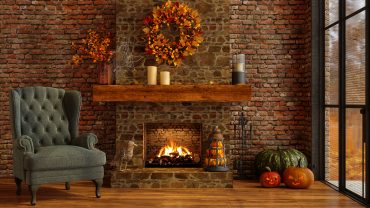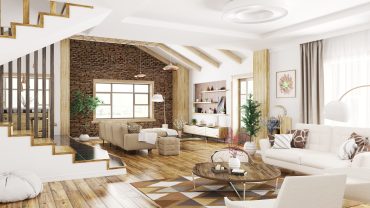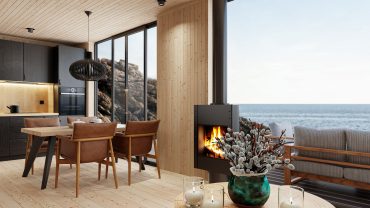Subtlety and opulence are a rare mix. Almost as uncommon as a style that is both timeless and distinct. Yet all four describe neoclassical interior design to a tee. With its emphasis on simplicity, symmetry, and a restrained luxury, it’s perhaps not surprising that this decor scheme has withstood the test of time.
What’s more unusual however is the propensity of neoclassical design to blur the lines between historical reference points. For, while inspired by the classical art and culture of Ancient Greece and Rome, it began as an architectural movement in the 18th century, blending traditional aesthetics with aspects of modern comfort.
So what is Neoclassical interior design? Read on as we explore exactly that, including the history, development and characteristics of neoclassical interiors.
The History of Neoclassical Interior Design

18thC intellectuals at Drottningholm Palace, Sweden (Credit: Heritage Images via Getty Images)
The roots of neoclassical interior design can be traced back to the 18th century and the intellectual movement known as the Enlightenment. Also known as the Age of Reason, it heralded the dominance of concepts such as rationality and order as well as a return to classical sources for inspiration.
There was a renewed interest in the ideals of ancient civilisations and, in the design world, a move away from the intricate aesthetics of Rococo and Baroque in favour of something simpler. That’s where neoclassical design came in, borrowing heavily from ancient temples and monuments, incorporating everything from columns and geometric simplicity to a vast sense of proportion and scale. And, while the neoclassical house design style was initially focused on external architecture, it soon grew to encompass the field of interior decor.
What is Neoclassical Interior Design?

An example of neoclassical symmetry (Credit: Vostok via Getty Images)
Having examined its roots, the question is, what are the defining characteristics of neoclassical interior design?
Symmetry & Simplicity
Neoclassical interiors embrace a structured layout that highlights symmetry, fostering a sense of calm and order. The architecture often features clean lines and uncluttered spaces which echo classical ideals of balance and proportion.
Elegance & Luxury
This style uses high-quality materials such as silk, velvet, polished wood, and marble to convey luxury. Furniture is often well-crafted but not overly ostentatious, reflecting understated grandeur and timeless appeal.
Colours & Textures
The colour palette in neoclassical interior decor is typically soft and subdued, including shades like cream, grey, pale blue, and green. These are complemented by smooth textures and occasional bright accents to create a serene and refined atmosphere.
Furniture & Decor
Furniture in the neoclassical house design style is notable for its elegant lines and often incorporates materials like mahogany or walnut with ornate carvings that reflect classical themes. Chairs and sofas typically feature straight backs and symmetrical designs, often enhanced with metallic accents and high-quality upholstery. Neoclassical interior decor also includes a significant emphasis on art and sculpture, with artworks depicting classical subjects, pastoral scenes, or mythological figures, framed in gilded borders that speak to the luxury of the style.
Modern Neoclassical Interiors

Neoclassical design with modern lighting (Credit: SimoneN via Getty Images)
Modern neoclassical design brings the ancient into the modern home, aiming for a look that is both sophisticated and serene.
Today, neoclassical interior design has evolved to meet the tastes and functionalities of the modern home, giving rise to a modern take on neoclassical interiors.
This tends to blend classic elements with new materials and less formal layouts. For example, a minimalist approach to Neoclassical design might focus on the grandeur of large, open spaces and the elegant simplicity of classical lines, without the traditional density of decoration.
This modern interpretation maintains the historical essence of Neoclassical style while ensuring spaces remain functional and comfortable.












